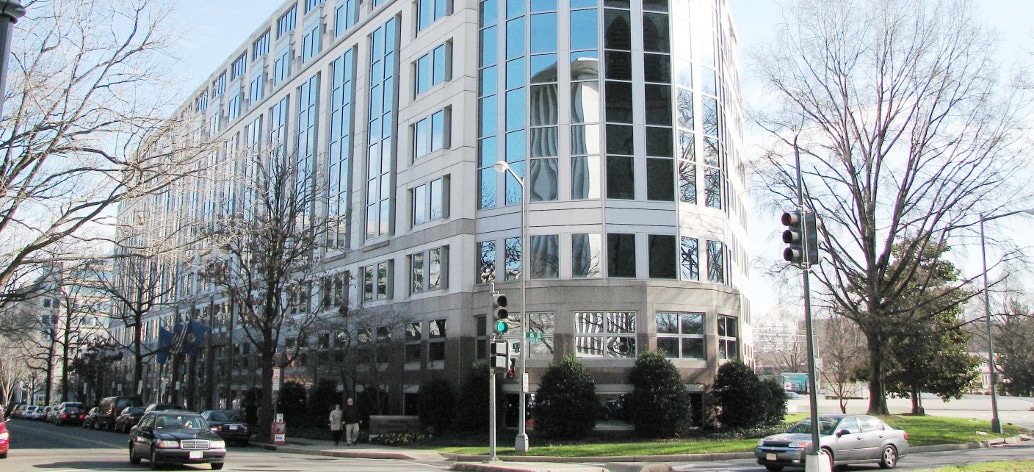As the solar industry prepares for Tuesday’s testimony before the U.S. International Trade Commission on the injury phase of the Section 201, both sides are sharpening their arguments.
Yesterday SolarWorld and Suniva issued their latest proposal for trade remedies, which in some ways were more reasonable than Suniva’s extreme initial demands, but in which SolarWorld also made a request for extreme restrictions on import volumes of cells, and Suniva repeated its request for a steep minimum price.
However, as explained in a pre-hearing brief jointly issued by SEIA and SunPower, the tariff levels proposed in those briefs may not be allowed by the statutes governing the Section 201 process.
This introduces an interesting wrinkle. While the Section 201 process is a bit of a wild card, allowing for a loophole in global trade agreements, it is governed by rules – and SEIA says the request by Suniva and SolarWorld violates those.
Specifically, SEIA notes that tariffs under Section 201 can’t exceed 50% of the value of imported goods. According to the latest data from PVInsights, cells are going for $0.21-0.29 per watt, depending on the variety, making a $0.25 per watt tariff well in excess of 50%.
Likewise crystalline silicon modules are running at $0.32-$0.43 per watt, making a $0.40 per watt tariff also well beyond what is authorized under the statute.
The legal teams of SolarWorld and Suniva have noted that their proposed tariff levels are based on the years 2013-2015, which SolarWorld’s lawyers note was a time when the U.S. solar industry was profitable. As such the $0.25 per watt tariff on cells and $0.32 per watt tariff on modules would be right about 50%.
Such an argument is internally consistent, but it points to the complicated circumstances of applying trade law to an industry like solar, where costs can fall dramatically from year to year. So while the $0.25/$0.32 per watt proposal may reflect prices in 2013-2015, it would double the cost of imports in 2017 – let alone in 2018, when it would take effect.
It is notable that in a recent interview GTM Research Associate Director of U.S. Solar Cory Honeyman reported that ITC usually imposes tariffs in the range of 20-30% of the value of products, not the ~50%/~100% rate that Suniva and SolarWorld are asking for.
It remains to be seen what the ITC will decide in its hearing on Tuesday. However, what is clear to pv magazine staff is that the remedies being recommended by Suniva and SolarWorld remain severe and could still result in dramatic impacts to the U.S. market if adopted by the Trump Administration.
This content is protected by copyright and may not be reused. If you want to cooperate with us and would like to reuse some of our content, please contact: editors@pv-magazine.com.









By submitting this form you agree to pv magazine using your data for the purposes of publishing your comment.
Your personal data will only be disclosed or otherwise transmitted to third parties for the purposes of spam filtering or if this is necessary for technical maintenance of the website. Any other transfer to third parties will not take place unless this is justified on the basis of applicable data protection regulations or if pv magazine is legally obliged to do so.
You may revoke this consent at any time with effect for the future, in which case your personal data will be deleted immediately. Otherwise, your data will be deleted if pv magazine has processed your request or the purpose of data storage is fulfilled.
Further information on data privacy can be found in our Data Protection Policy.